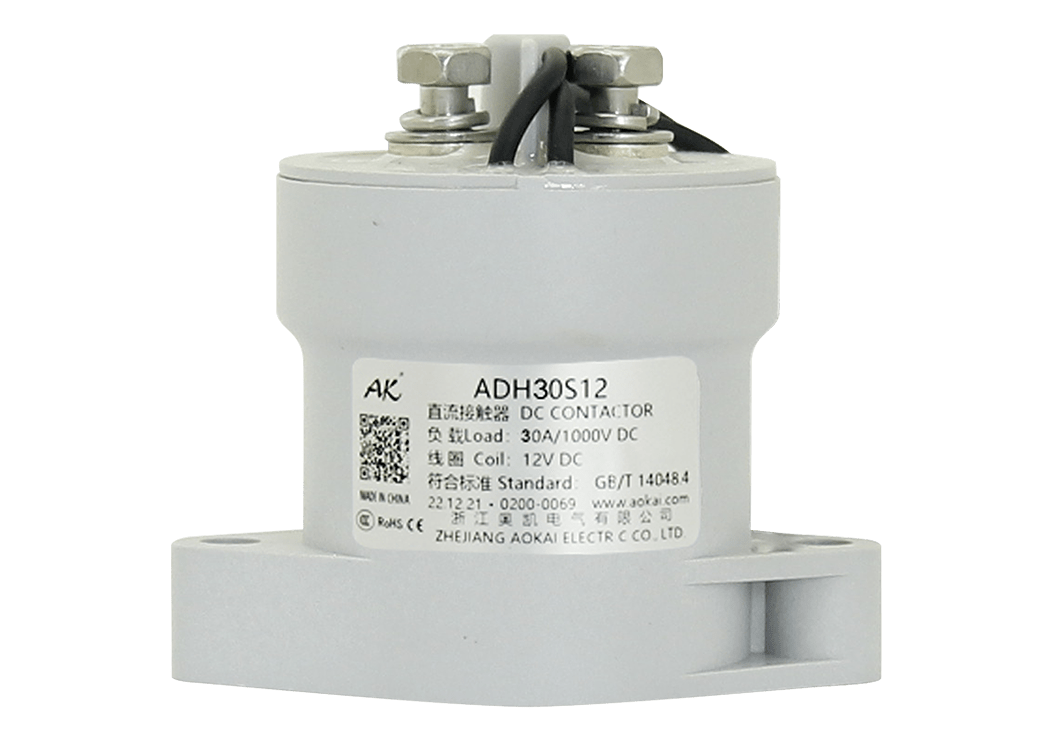- Home
- Product
- Solution
- About
- Download
- Glossary
- News
- Contact Us
- language

In power systems, high-voltage direct current (HVDC) technology is playing an increasingly important role in the transmission of power over long distances and in stabilizing power networks. HVDC contactors are a key component of HVDC systems, and they play an important role in switching and controlling current. In this paper, we will introduce the working principle, application areas and future development prospects of HVDC contactors.
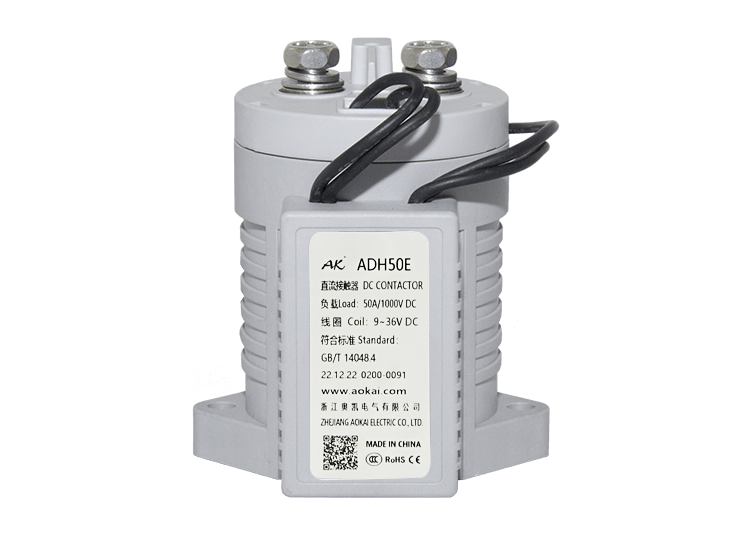
Principle of operation of high voltage DC contactors
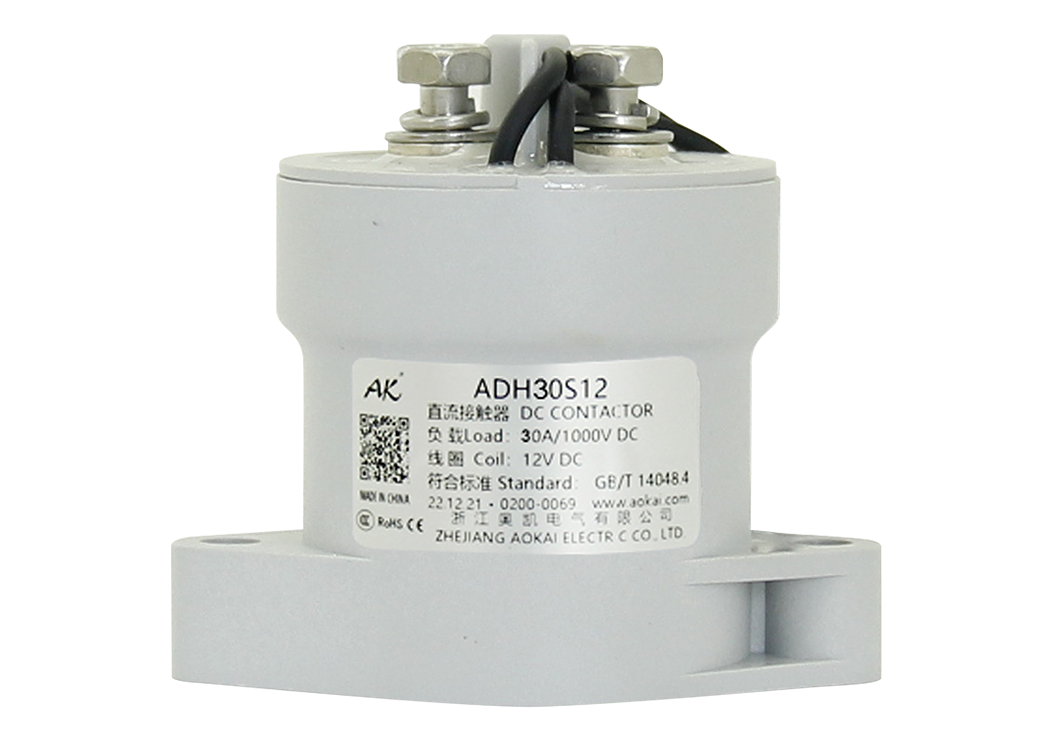
High voltage DC contactors are switching devices specially designed for use in HVDC systems. Their main task is to disconnect the current during grid interruptions or maintenance to ensure safe operation. These contactors are typically used in systems with DC voltages of more than 1000 volts and must therefore be able to withstand high voltages and currents.
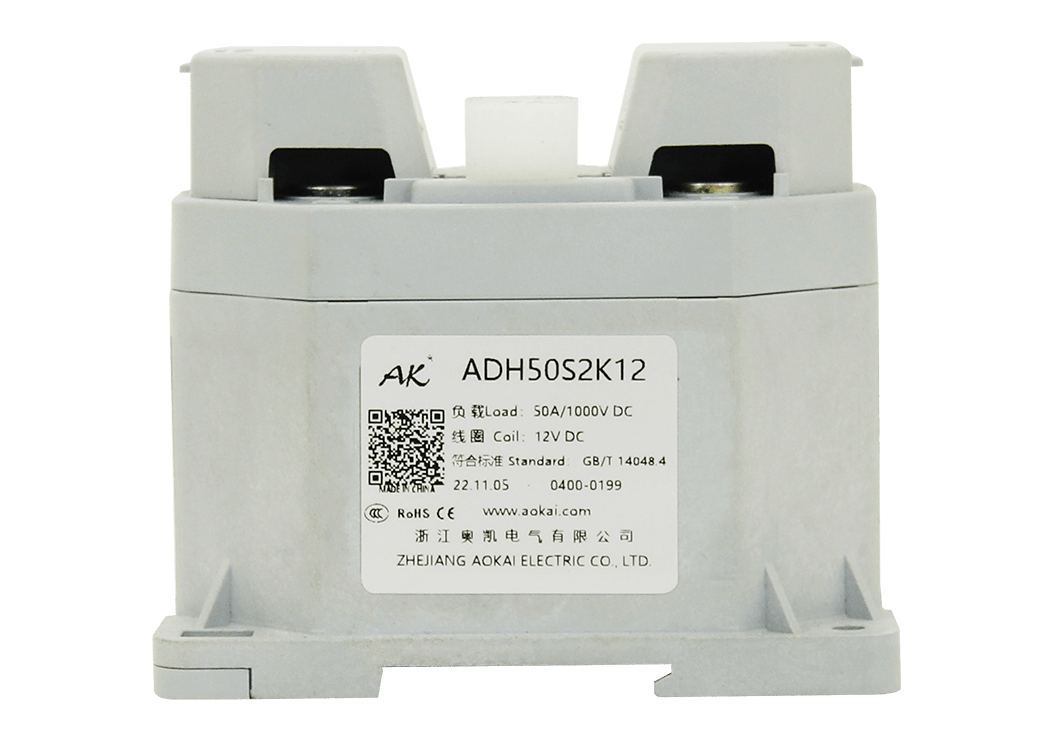
These contactors typically include a contact made of a conductive material that, when activated, connects to a set of fixed contacts to form a current path. By controlling the position of the contacts, the current can be easily turned on or off. High voltage DC contactors are often used in conjunction with other devices such as circuit breakers and relays to ensure system stability and reliability.
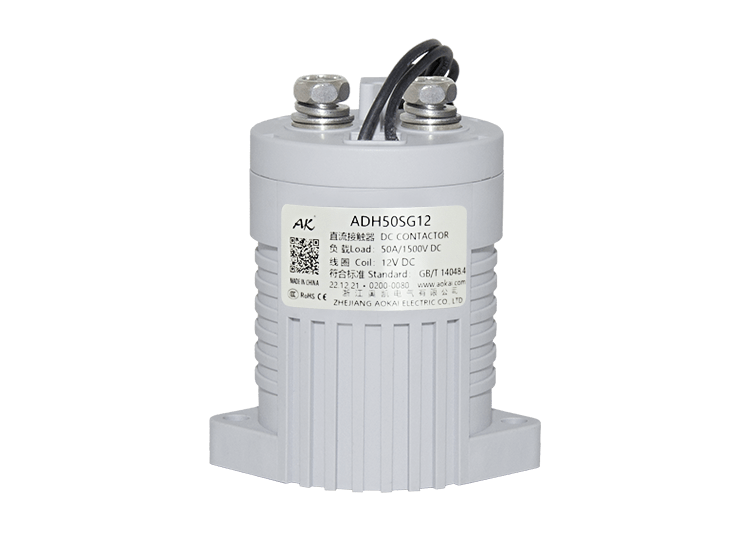
Areas of application
High voltage DC contactors play a key role in a number of applications. These include:
1. Long-distance power transmission
HVDC technology is often used for long-distance power transmission, for example to transport power from a power plant to a city. HVDC contactors are used to connect and disconnect electrical currents to maintain system stability during power transmission.
2. Power system interconnection
Power systems in different regions and countries often use different AC voltages and frequencies. In order to realize international interconnection, HVDC system connects different systems through HVDC contactors so that power can be transmitted between different power systems.
3. Renewable energy integration
Renewable energy sources such as solar and wind power usually produce electricity in the form of direct current. HVDC contactors play a key role in integrating these sources of energy into the existing power system to ensure a smooth power supply.
4. Power network stability
HVDC contactors are also used for stability control of power systems, maintaining the reliability of the entire power grid by quickly disconnecting currents to prevent the spread of faults.
Future Prospects
As power systems continue to develop and change, high voltage DC contactors are also evolving. In the future, we can expect the following developments:
1. Higher withstand capability
As HVDC system voltages and currents increase, HVDC contactors will need higher withstand capabilities to cope with larger power loads.
2. Intelligent and remote control
Combining intelligent technology with HVDC contactors allows for remote monitoring and control, improving the operational efficiency and reliability of the system.
3. More environmentally friendly materials
Researchers are looking for more environmentally friendly materials to replace traditional conductive materials in order to reduce the impact on the environment.
